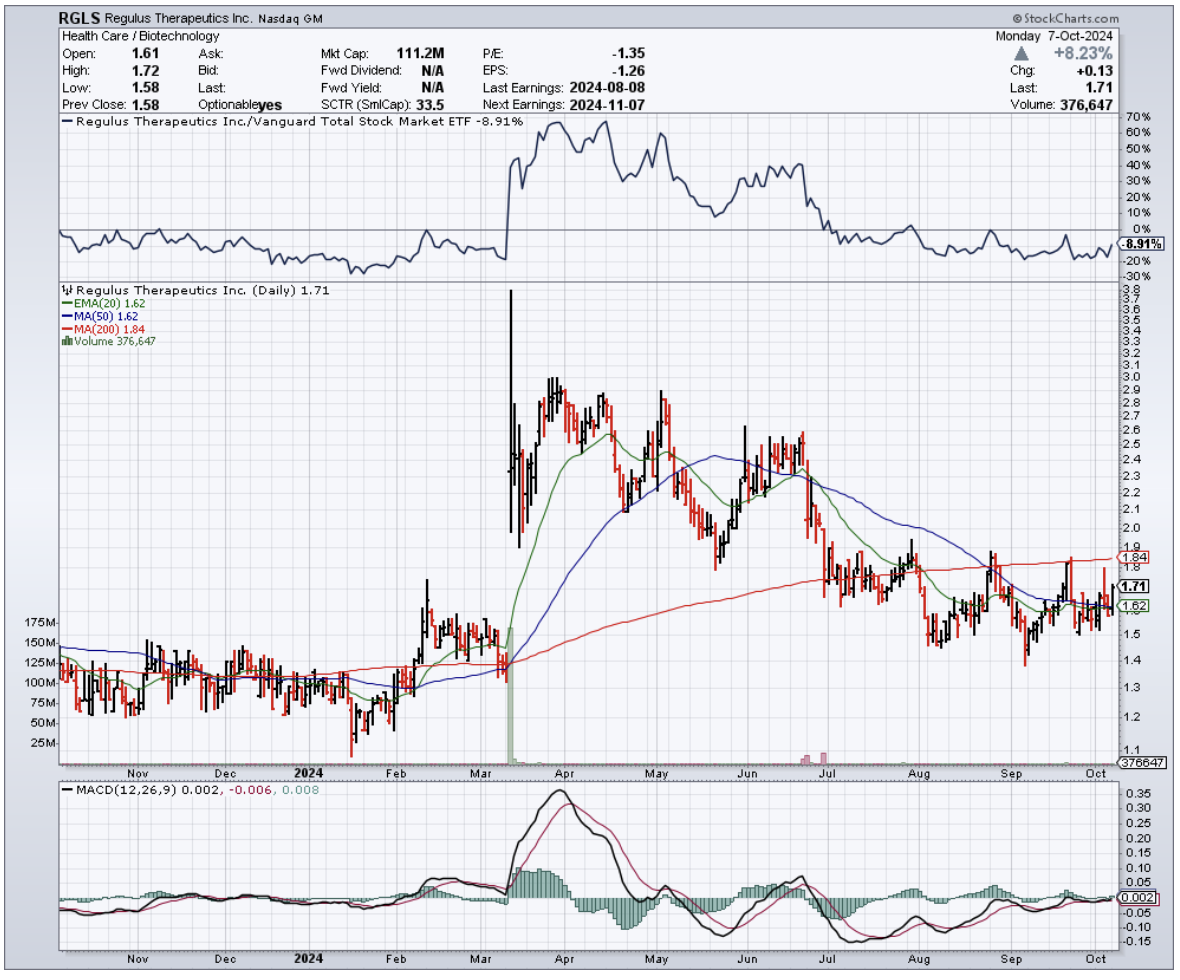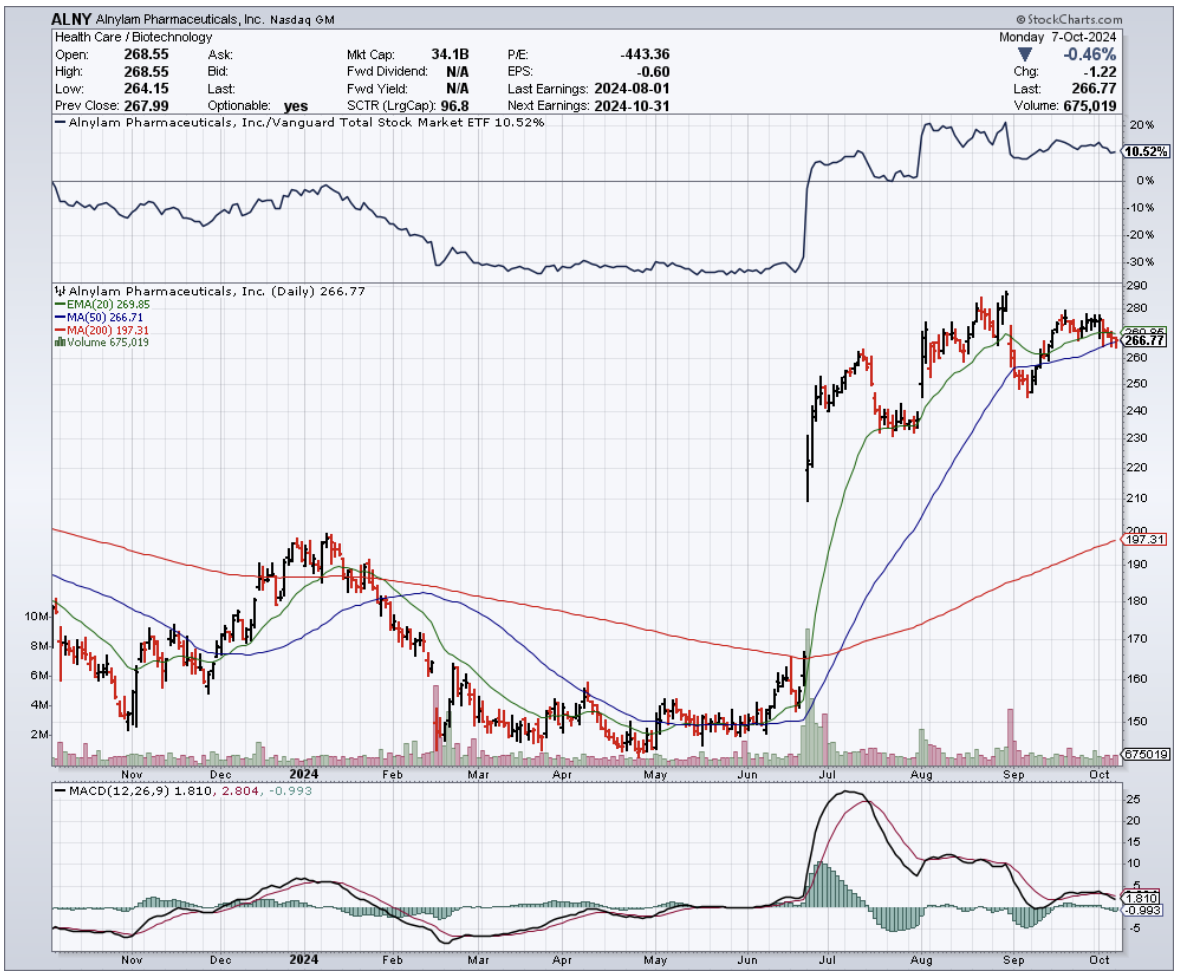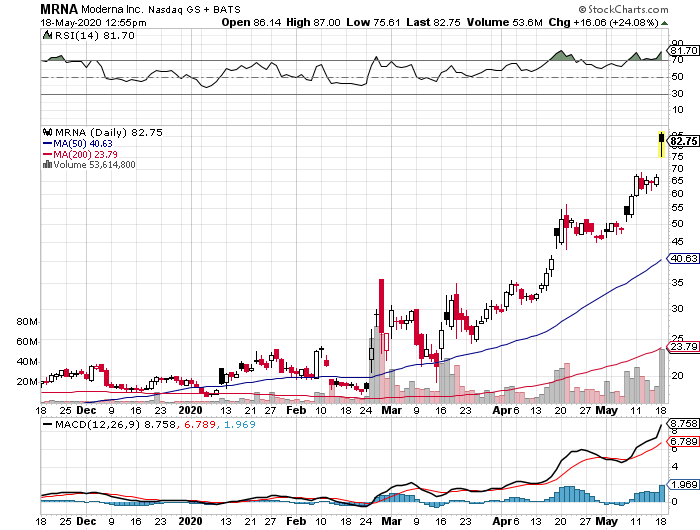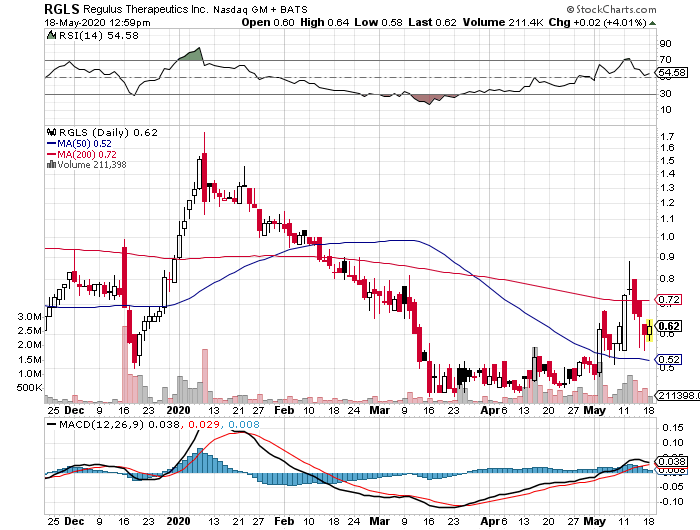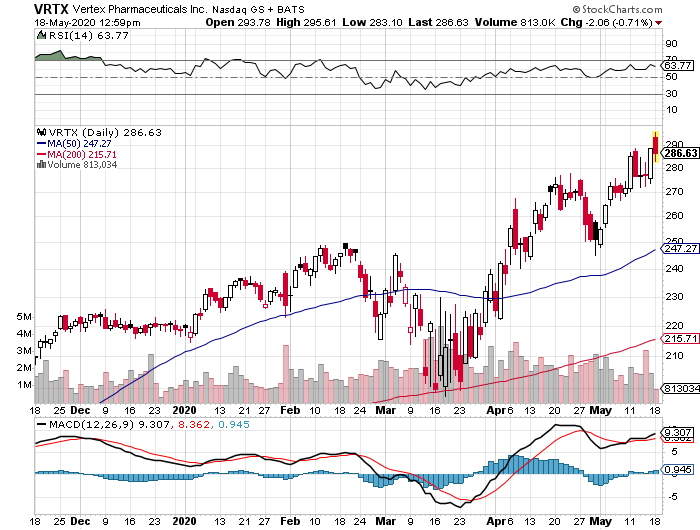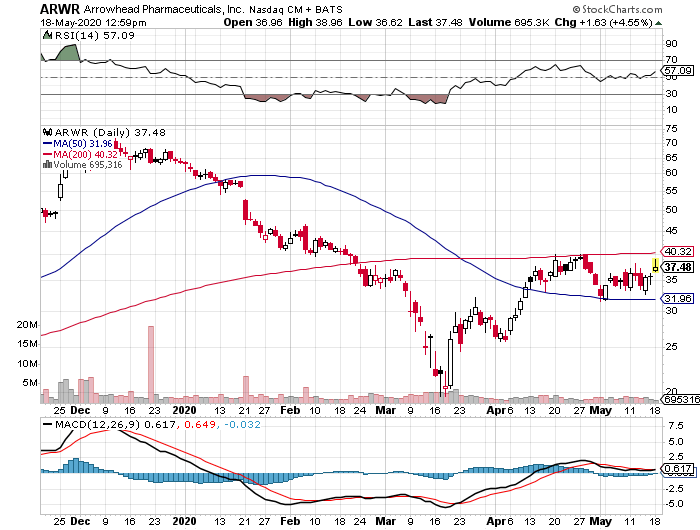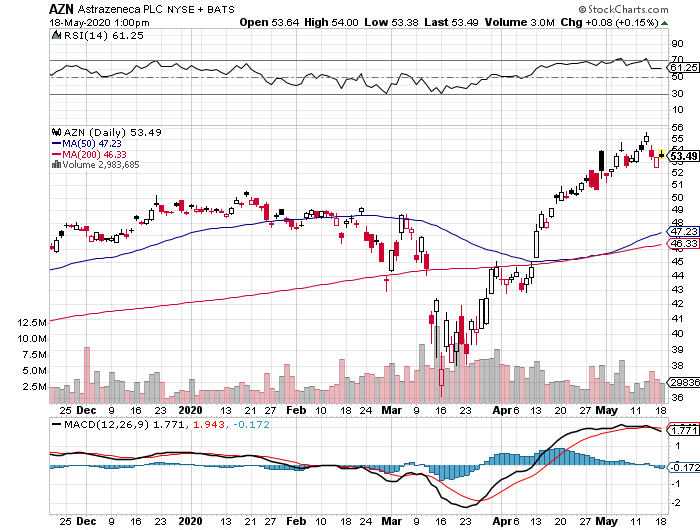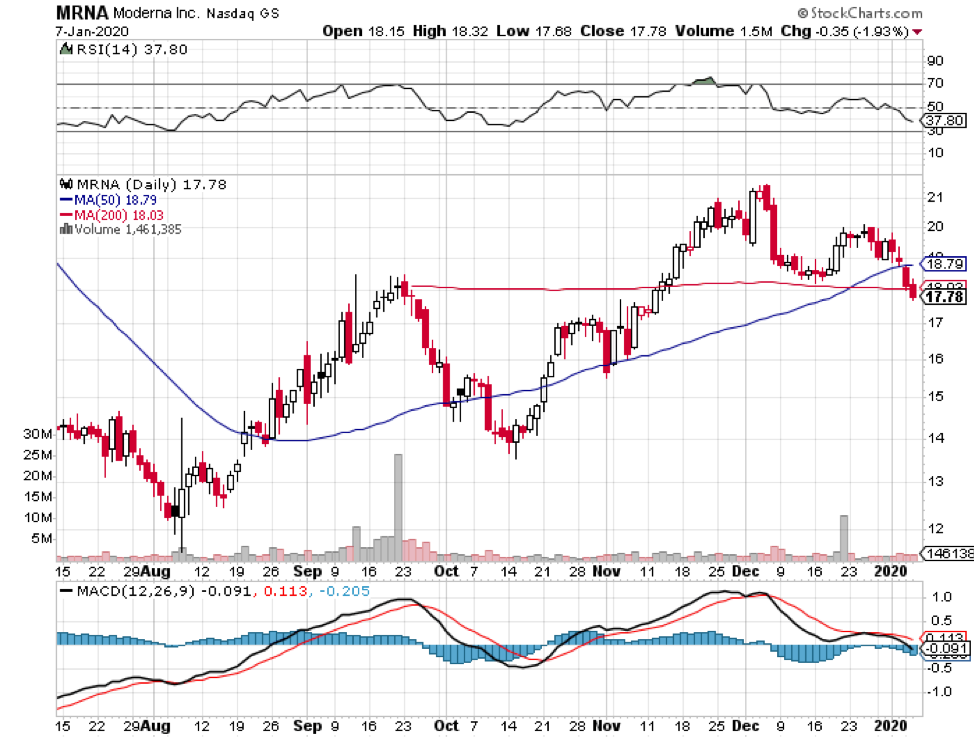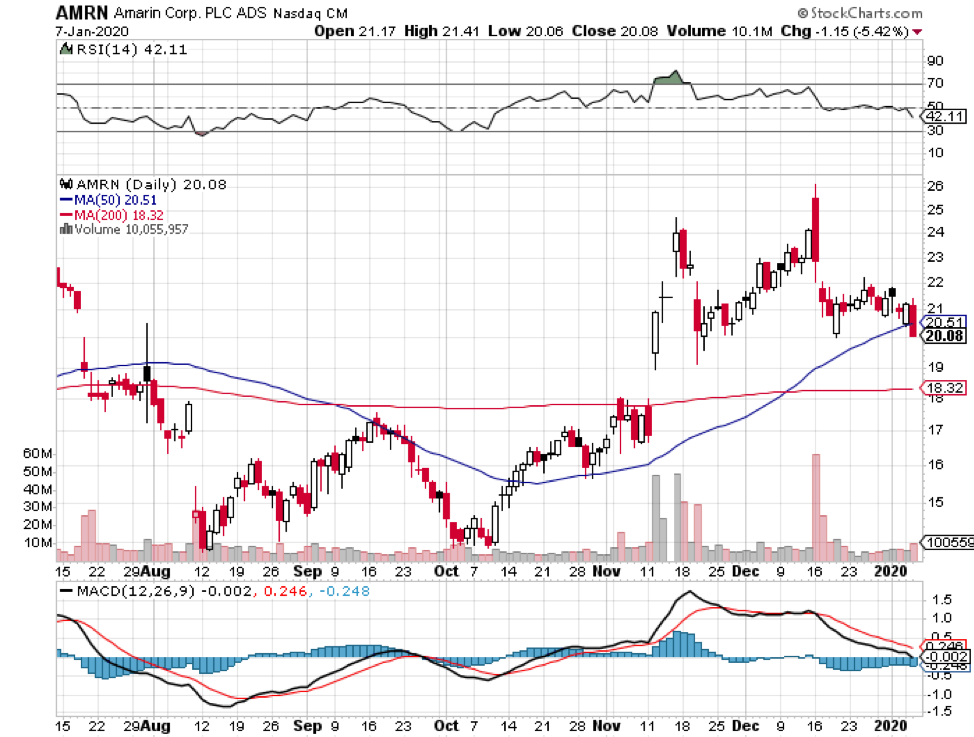Two scientists walk into a bar. One says, "I've got a funny story about a worm." The other replies, "Hold my Nobel Prize."
This isn't just a setup for a punchline - it's actually a key part of a recent groundbreaking discovery that's just earned Victor Ambros from UMass Chan Medical School and Gary Ruvkun from Harvard Medical School the 2024 Nobel Prize in Physiology or Medicine.
In a nutshell, these two have just been crowned the rock stars of RNA research for 2024 for uncovering the secrets of microRNA. It's like they've found the Rosetta Stone of gene regulation, and boy, is it a game-changer.
Now, you might be thinking, "John, haven't we been down this RNA road before?" And you'd be right. Just last year, the Nobel folks were gushing over mRNA vaccines. But this year's prize? It's a whole different ballgame.
For years, we thought we had gene regulation all figured out. Genes make mRNA, mRNA makes proteins, and proteins run the show. Simple, right? Well, Ambros and Ruvkun just blew that notion out of the water.
Their breakthrough came from an unlikely source - a tiny worm called C. elegans. This little nematode might not look like much, but it's been the workhorse of biology for decades.
Ambros and Ruvkun were puzzling over some mutant worms that couldn't get their growth spurts right. One type was growing too big, the other too small.
After years of head-scratching and late nights in the lab, they stumbled upon something extraordinary. They found that a gene called lin-4 wasn't making a protein at all.
Instead, it was cranking out a small piece of RNA that could stick to another gene's mRNA and shut it down. This was microRNA, and it was about to turn the world of molecular biology on its head.
At first, everyone thought this was just some quirky worm thing. But seven years later, Ruvkun's team found another microRNA that showed up not just in worms but in everything from fruit flies to humans.
Suddenly, microRNA wasn't just a biological oddity - it was a universal regulator of genes.
Fast forward to today, and we now know that humans have over 1,000 different microRNAs. These tiny molecules are pulling the strings on virtually every gene in our bodies. It's like discovering a whole new layer of cellular bureaucracy we never knew existed.
Now, you might be wondering, "That's all well and good, but what's it got to do with making money?" Well, let me tell you, this discovery has set off a gold rush in the biotech world.
Companies are scrambling to turn this basic science into cold, hard cash.
Take Regulus Therapeutics (RGLS), for instance. They're working on a treatment for polycystic kidney disease that targets microRNA-21. It's early days, but the potential is enormous.
Then there's Alnylam Pharmaceuticals (ALNY). These folks have already brought RNA-based therapies to market.
Their drug, ONPATTRO, is treating a rare disease called hereditary transthyretin-mediated amyloidosis. It's proof that RNA-targeted treatments aren't just pie in the sky - they're real, and they're here.
Big Pharma is getting in on the action, too. Roche (RHHBY) bought up a company called Santaris Pharma back in 2014, snagging some nifty technology for developing microRNA therapies.
Novartis (NVS) and AstraZeneca (AZN) are also dipping their toes in the microRNA waters. And let's not forget about Qiagen (QGEN). They're not developing therapies, but they're selling the picks and shovels for this gold rush - tools for microRNA research and diagnostics.
Now, I'm not saying you should go all-in on microRNA stocks tomorrow. This is cutting-edge science, and the road from the lab bench to the pharmacy shelf is long and treacherous. But for those of you with an appetite for risk and a long-term view, this could be the next big thing in biotech.
So the next time someone corners you at a party with a story about microscopic organisms, maybe don't rush to the bar just yet. Remember, Ambros and Ruvkun weren't trying to create the next blockbuster drug. They were just curious about some weird-looking worms. Who would have thought their discovery could end up revolutionizing medicine?

